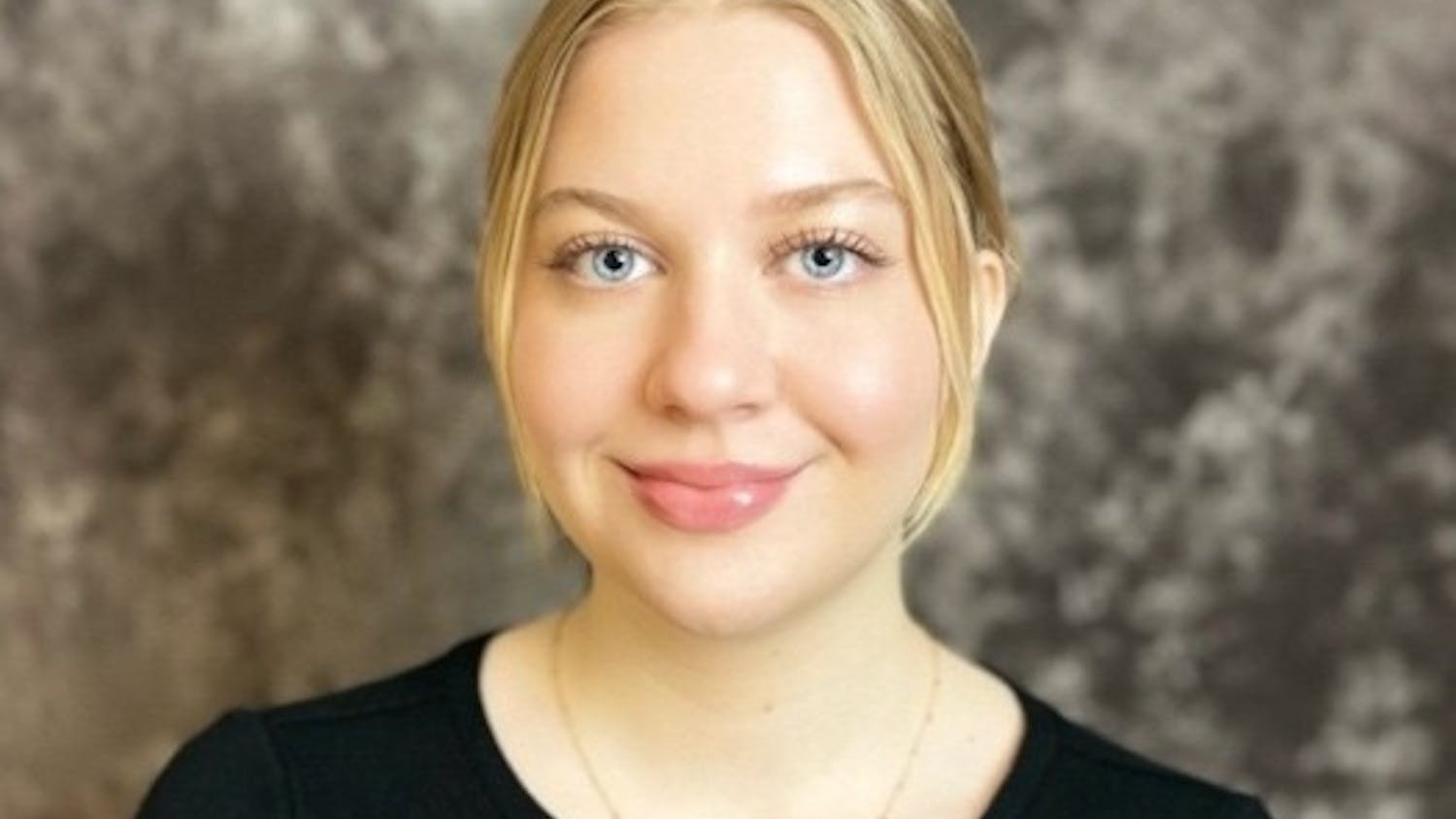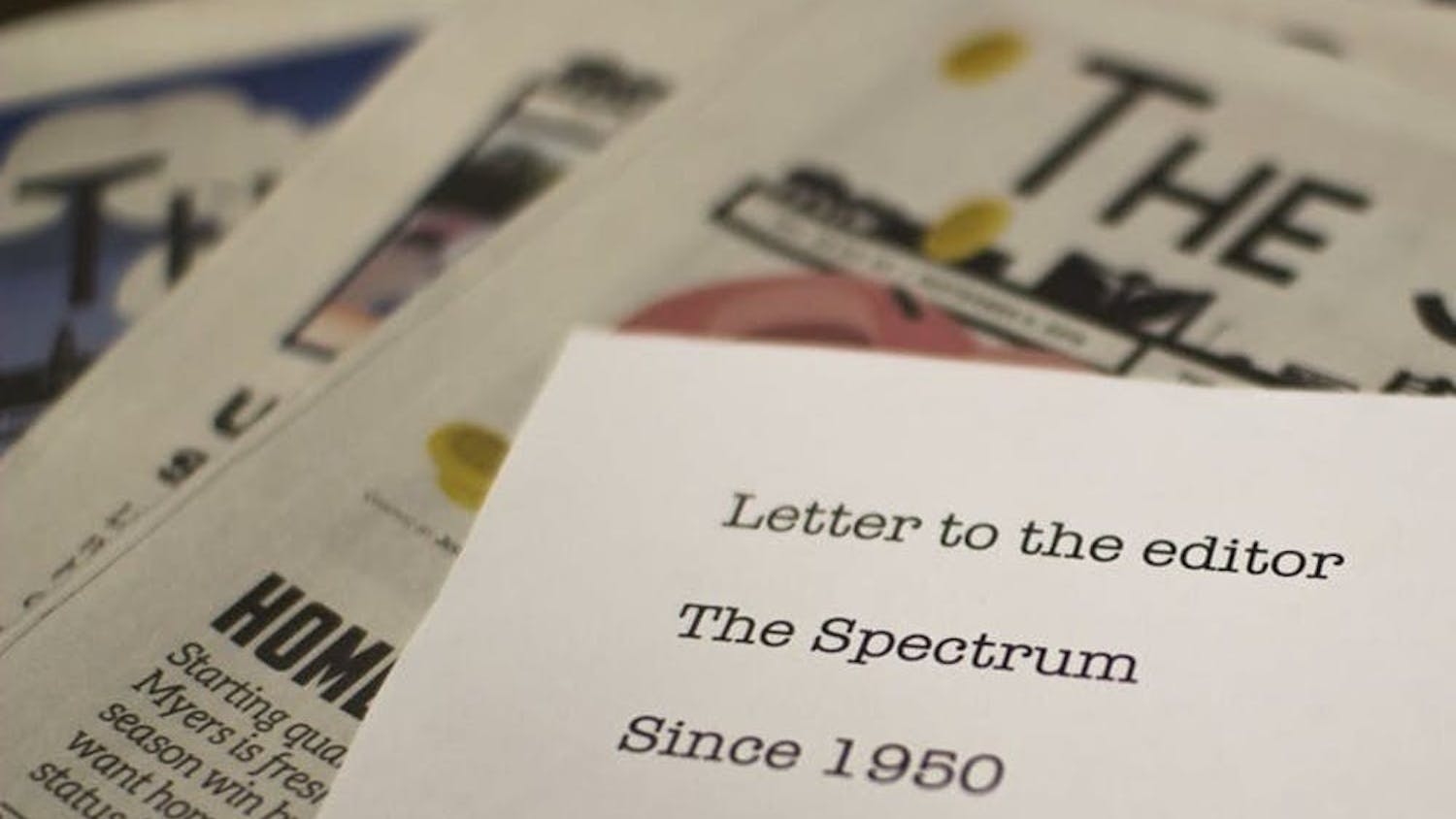In a letter from a significant percentage of the faculty in Transnational Studies, I was helpfully informed that the undersigned, “support those students arguing that art cannot always be only for art’s sake...” I am only puzzled as to who might possibly be construed as having made that argument. Surely not me, as in fact my work, and the work of the vast majority of my colleagues is defined by an activist, progressive social practice: my work is queer, others here deal with racial, gendered, ethnic and/or economic inequity. No one here airs that tired bromide “art for arts” sake. On the contrary we are on aggregate one of the most socially engaged art departments in the US. Just look at our course schedule.
Ashley’s art project was precisely an anti-racist intervention designed to force to the surface a conversation, too long repressed in this country, around racial privilege and racial discrimination. We unabashedly support her freedom of expression, as well as her intent to spur a difficult conversation. This is a disagreement, if in fact there is any substantive disagreement at all, about how to hold a painful conversation. And as Chair of the Art Department, I still hold fast to the belief that art is a singularly effective way to raise complicated, politically charged, even traumatic issues too many believe are better left unsaid.
But art isn’t the only way to have a difficult conversation, and that’s why the Art Department has been planning, in concert with the Dean’s Office of the College, a campus town meeting on how we talk about painful issues in and through art. We aren’t finished with the planning, but will be able to announce the meeting shortly. But in the interests of civil conversation and civil equity let us make sure to understand the complicated relationship between the content of any political conversation and the form that conversation takes. Art may sometimes seek to deliberately upset you, in order to shock you out of complacency and force a recognition and conversation you’d rather not have. Ugly truths may take ugly forms that can cause pain. It is a deeply ironic characteristic of art that its beauty is so often to be found in its ugliness.
Jonathan D. Katz
Chair, Department of Art




